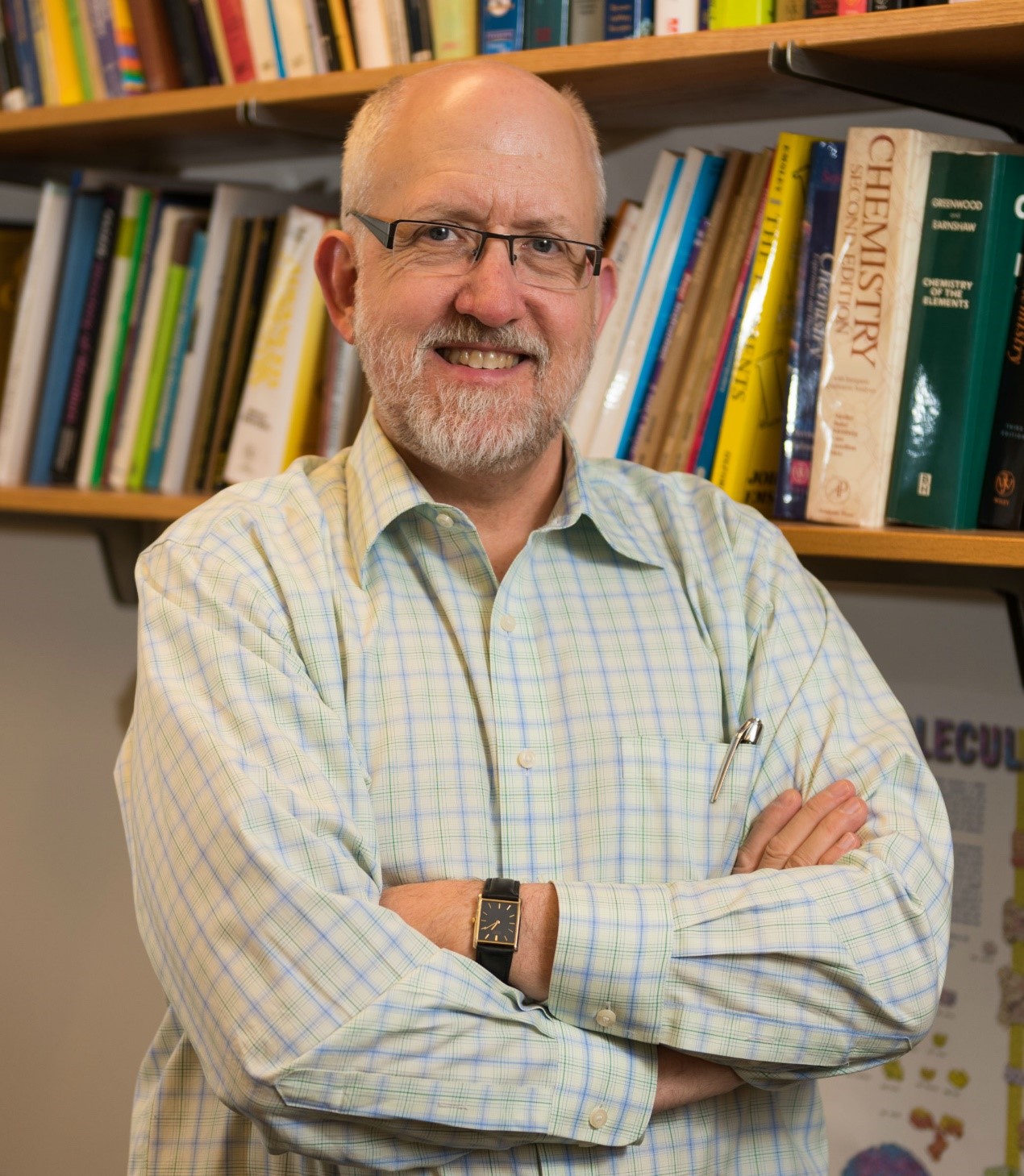(In) Organic Physiology
Date: 2020/10/16 - 2020/10/16
Academic Seminar: (In) Organic Physiology
Speaker: Dr. James E. Penner-Hahn, George A. Lindsay Collegiate Professor of Chemistry and Biophysics, College of Literature Science & Arts, University of Michigan, USA
Time: 10:00 -11:30, October 16, 2020, (Beijing Time)
Location: CIMC Auditorium (Room 300), Long Bin Building
via Zoom (Meeting ID: 69010291306 Password: 1497)
Abstract
Metal ions play a critical role in virtually all biological processes, including catalysis, electron transport, structural stability, and cellular signaling. In the absence of sufficient metal, critical cellular functions fail, frequently leading to pathological conditions. However, most metals are both bio-essential and, at sufficiently high concentrations, toxic, with the details being dependent on the metal, concentration, and organism; others are exclusively toxic. Consequently, metal ion levels within cells are tightly regulated, and a complex set of machinery has evolved to control the uptake, storage, and efflux of metals. A critical piece of information for understanding the control of this “inorganic physiology” is direct measurement of the concentration and speciation of metal ions, both in tissue and also on the sub-cellular length scale. This talk will explore (some) of the critical roles that inorganic elements play in health, and will look at ways that modern x-ray imaging is changing our understanding of the interactions between different elements.
Biography
 Dr. Penner-Hahn received his BS in chemistry from Purdue University in 1979 and his PhD in chemistry from Stanford University in 1984. After completing a postdoctoral fellowship at the Stanford Synchrotron Radiation Laboratory, he joined the faculty of the University of Michigan in 1985, where his work has focused on biophysical and inorganic chemistry. He is an internationally recognized expert on the application of x-ray spectroscopy to inorganic chemistry, and has published over 220 papers in the peer-reviewed literature, most dealing with the structural, spectroscopic, and mechanistic characterization of the roles of metals in biological systems. He has been a visiting scientist at the Department of Biophysics at Chalmers University of Technology, Göteborg, Sweden (1992) and in the Départment de Biologie Cellulaire et Moléculaire, Centre d’ Études de Saclay (1998-1999) and has traveled frequently in China for both research and education projects. In 2007, he co-directed the first bilateral exchange of undergraduate research students in the sciences between the United States and China. His teaching interests include the development of collaborative, inquiry-based laboratory courses for introductory chemistry and the use of active learning in large introductory courses.
Dr. Penner-Hahn received his BS in chemistry from Purdue University in 1979 and his PhD in chemistry from Stanford University in 1984. After completing a postdoctoral fellowship at the Stanford Synchrotron Radiation Laboratory, he joined the faculty of the University of Michigan in 1985, where his work has focused on biophysical and inorganic chemistry. He is an internationally recognized expert on the application of x-ray spectroscopy to inorganic chemistry, and has published over 220 papers in the peer-reviewed literature, most dealing with the structural, spectroscopic, and mechanistic characterization of the roles of metals in biological systems. He has been a visiting scientist at the Department of Biophysics at Chalmers University of Technology, Göteborg, Sweden (1992) and in the Départment de Biologie Cellulaire et Moléculaire, Centre d’ Études de Saclay (1998-1999) and has traveled frequently in China for both research and education projects. In 2007, he co-directed the first bilateral exchange of undergraduate research students in the sciences between the United States and China. His teaching interests include the development of collaborative, inquiry-based laboratory courses for introductory chemistry and the use of active learning in large introductory courses.
From 2009-2018 he served as the Associate Dean for Budget and Planning in the College of Literature, Science, and the Arts, having previously served as Associate Vice-President for Research (2000-2002), Chair of the Biophysics Research Division (2002-2006) and Associate Dean for Natural Sciences (2006-2009). He is an elected fellow of the American Academy of the Advancement of Science (AAAS) and, amongst his other honors, has received a Fogarty Senior International Fellowship (1998-99) through the National Institutes of Health (NIH) and an Alfred P. Sloan Research Fellowship (1991-93).
